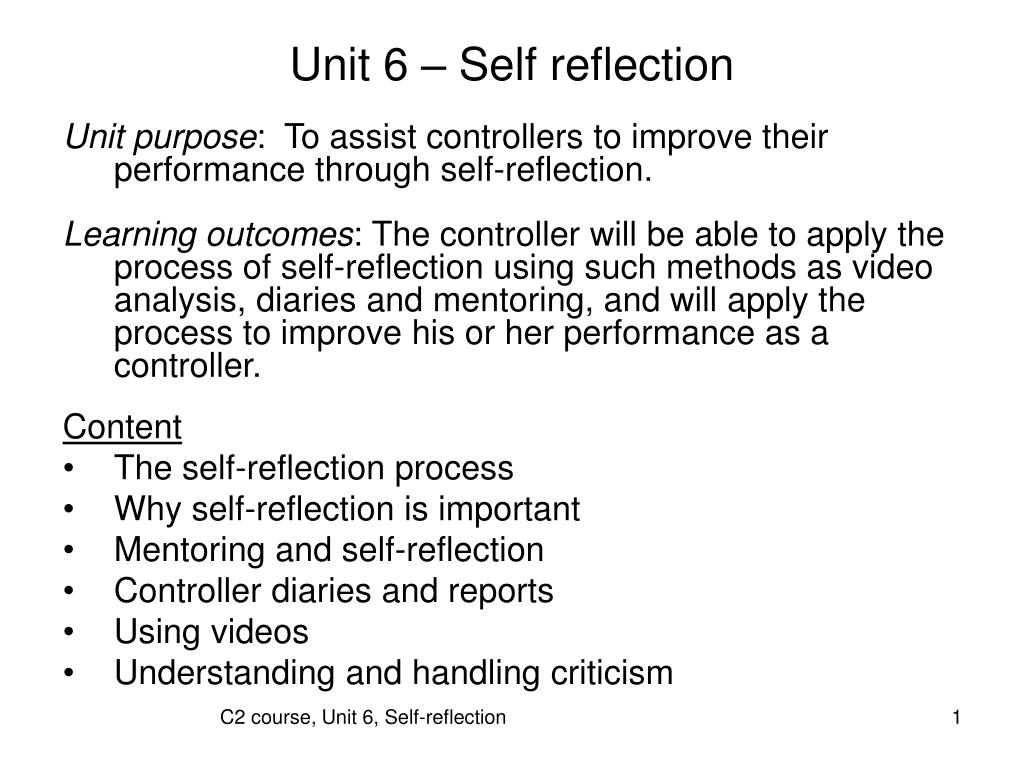

The student self-awareness on personal learning style (72.7% level 3+) and course content (55.2% level 3+) were well-reflected. ResultsĤ10 self-reflection documents were analyzed. These documents were individually analyzed and thematically categorized to a "5 levels-of-reflection-awareness" scale using a specially-designed rubric based on the accepted major theories of reflection that included students' identification of: 1) personal abilities, 2) personal learning styles 3) relationships between course material and student history 4) emotional responses and 5) future applications. This was a mandatory but ungraded component at the midterm and final examinations. Over two years, students registered in first-year pathology at the University of Saskatchewan were introduced to a self-reflection assignment which comprised in the submission of a one-page reflective document to a template of reflective questions provided in the given context of their learning environment.
#Appr self reflection examples professional#
We endorse that the introduction of such explicit educational tasks at this early stage enhances and promotes students' awareness, understanding, and proficiency of this skill in their continuing life-long health professional learning.

The aim of this study was to determine the extent of students' awareness and understanding of the reflective process and the meaning of 'self-reflection' within the contextual framework of their learning environment in the first-year of their medical/dental education. Self-reflection and reflective practice are increasingly considered as essential attributes of competent professionals functioning in complex and ever-changing healthcare systems of the 21 st century.


 0 kommentar(er)
0 kommentar(er)
